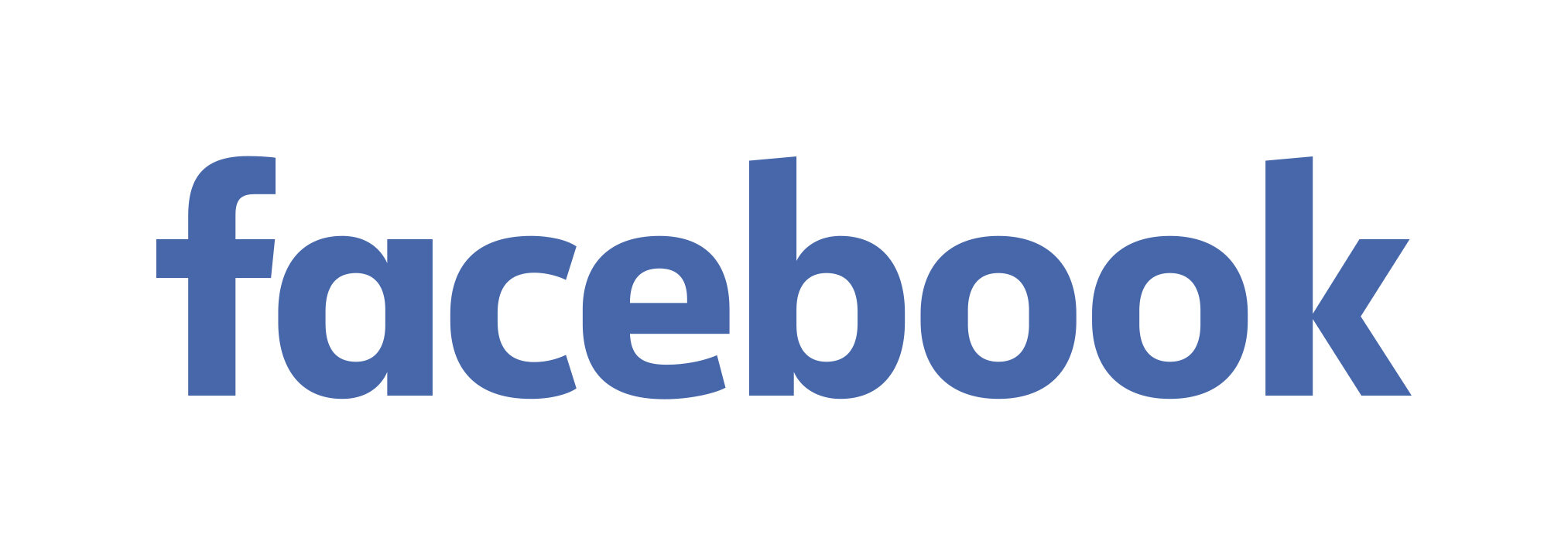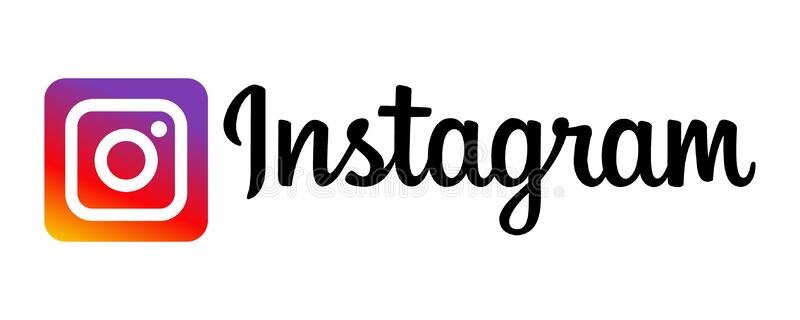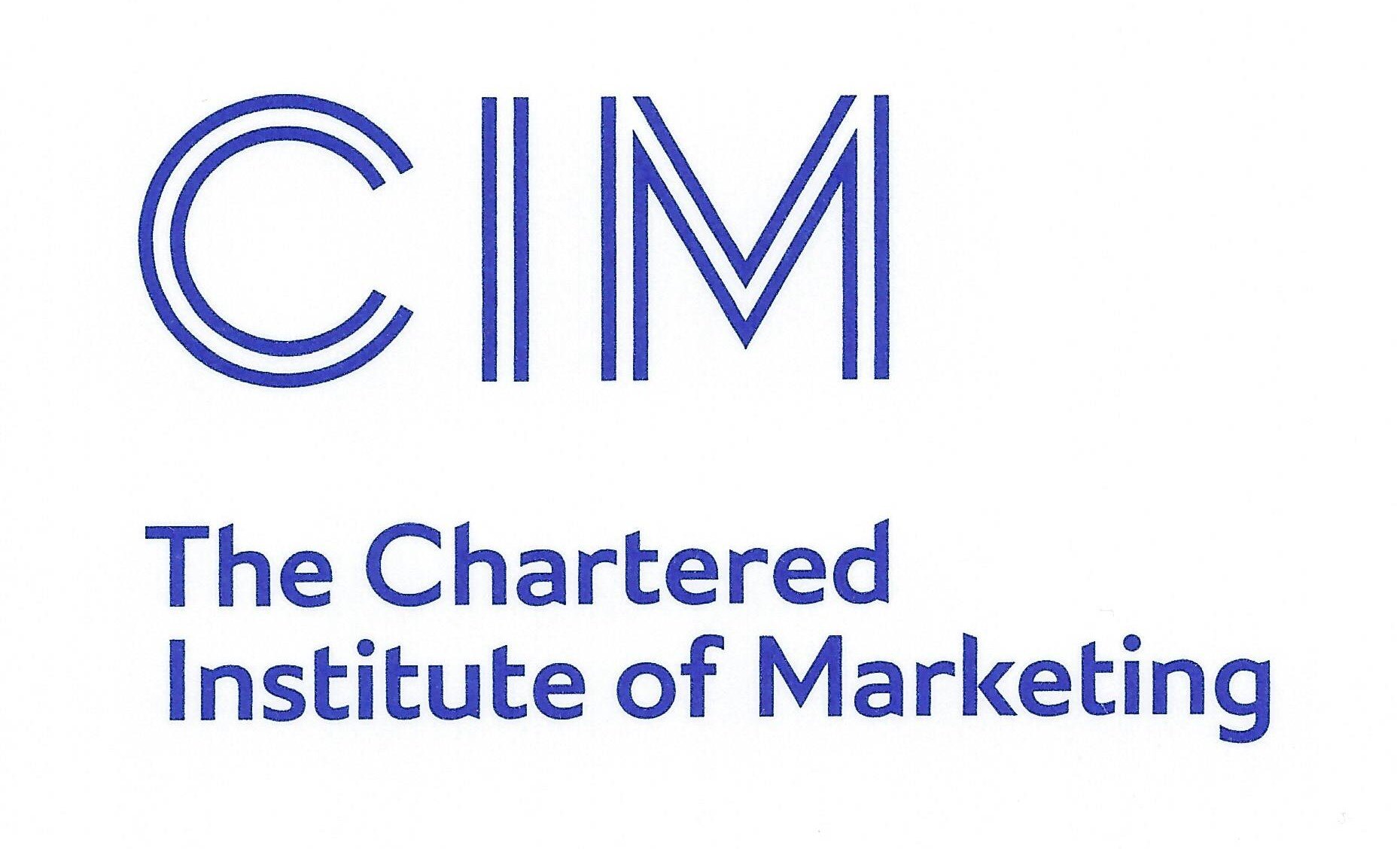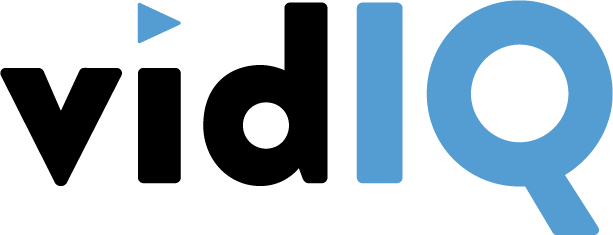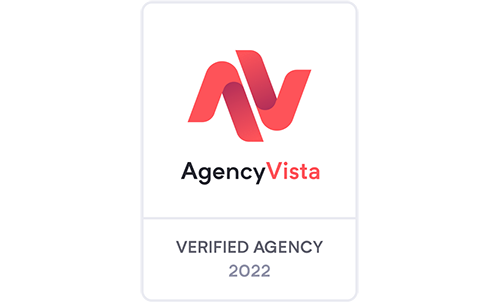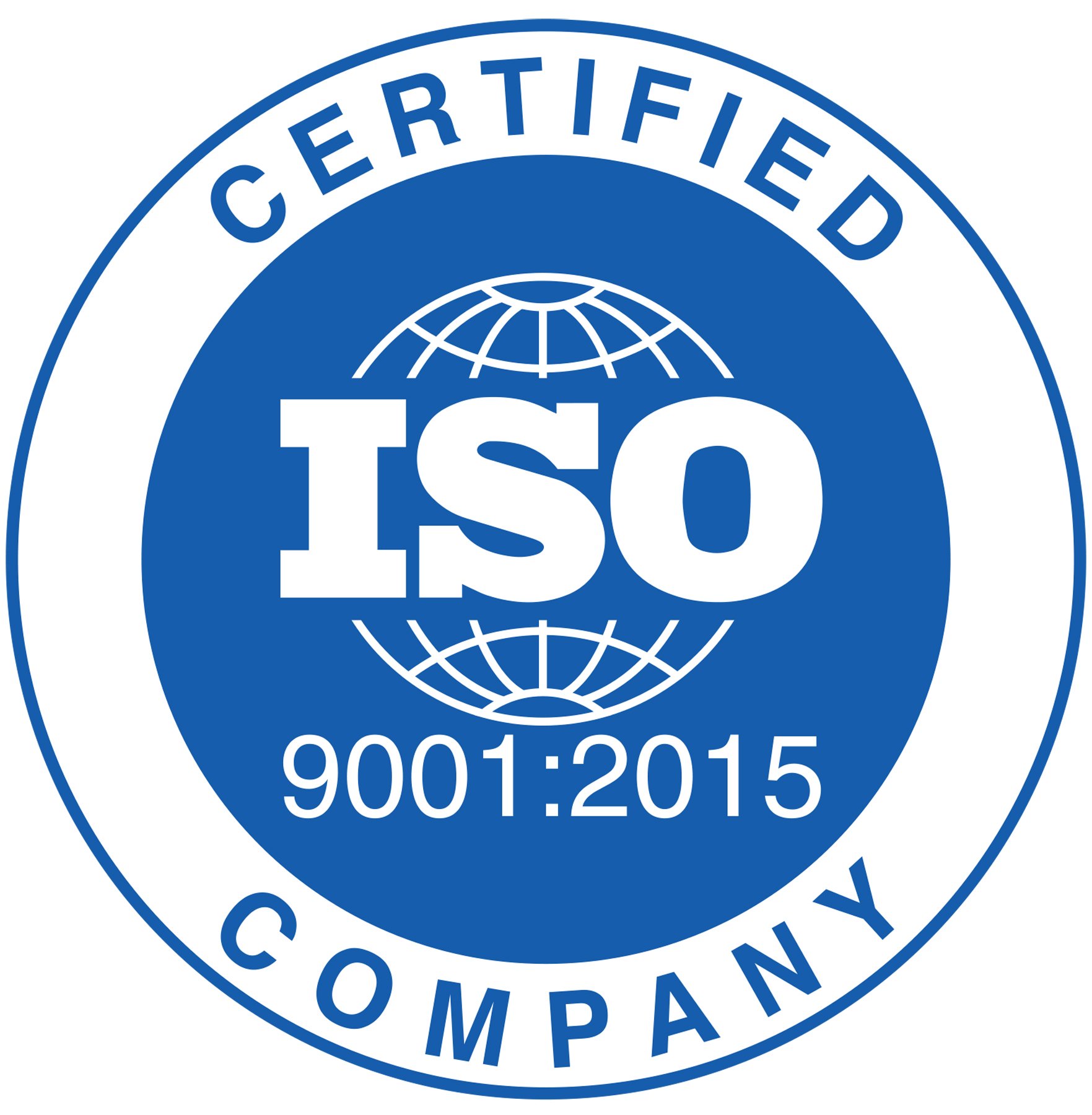Key performance indicators (KPI) are being used almost everywhere, either knowingly or not. These are specific measurable indicators, based on which a goal can be set and tracked. Knowing what you want to achieve and by what measurable means (partial goals) you can get there, can be half of success. In both personal and professional life. From those partial goals, you can create a marketing strategy, thanks to which this journey will be easier. In this article, we introduce you to several metrics that can help you to set and track your goals in the scope of online marketing.
Marketing KPIs
Key Performance Indicators are used for every marketing channel to measure the performance of your activities, but when we talk about a PPC campaign, KPIs are indispensable, being the only way to evaluate the efficiency of your ads. Understanding key performance indicators should be the basis for anybody who decides to work with PPC advertising.
Tracking PPC KPIs is like stepping on the scale. It’s a way to track your PPC ad performance to make sure the ads are effective. According to research, 97% of Google Ad campaigns fail without proper analytics.
Despite the importance of monitoring performance, 72% of companies haven’t even looked at their PPC campaigns in over a month! If you’re a part of that 72%, it’s time to take a deeper look. Here are four crucial PPC KPIs to track.
See how we help our customers with Paid Ads
4. Number of clicks and Cost per Click (CPC)
The first step to any conversion is a single click. That’s why the number of clicks your ad receives is one of the most important PPC campaign KPIs to track.
Clicks are a great early indicator of campaign success. If tons of people click your ad, at least you know the messaging is resonating and working to drive traffic to your page.
While clicks are a powerful KPI, they shouldn’t be the only KPI you track. In the end, the goal is conversions for most businesses, unless your goal is simply brand awareness and authority. A click doesn’t always mean the customer made it to the end of the buyer’s journey. That’s why you should track several KPIs to truly understand your PPC campaign’s performance.
CPC means that you are paying for the clicks on your ad. You set the max. the cost you are willing to pay and then you either set the bids manually or automatically. The lower the cost, the more attractive the ad is for the platform you are using it to promote.
This indicator can be easily abused by click fraud. Most of the time, it is caused by the competitors who want you to run out of your budget, so your ad stops displaying.
3. The average Click-Through Rate
Clicks are a vital indicator of your PPC campaign’s success. Simply put, people click on your ad if they consider them relevant and valuable. Based on ad clicks, many marketers decide whether to pause their campaigns or boost their bids.
However, clicks alone don’t provide you with a full insight into your campaign’s performance. That’s why measuring the click-through rate is important. This vital PPC metric shows you how many users clicked on your ad after seeing it.
2. Google Quality Score
Quality score is a numeric value affecting the position of your Ad in Google Search. Google has created it to indicate, whether your content is relevant. Unlike other metrics, this one is a little less unequivocal.
This indicator is based on several factors, including generally estimated CTR, the performance of the landing page, the relevance of the ad and its format. A good quality score, 7 to 10, indicates that you are investing little or adequately. A bad quality score, under 6, tells you you are paying too much.
1.Conversion Rate
If there were a “most important” PPC KPI to track, it would be the conversion rate. Conversion rate (CVR) is the entire reason you run paid search ads. It’s the number of people who saw your ad, clicked on it, followed your call to action (CTA), and converted it to a sale. Conversion rate is the measure of campaign success.
You can calculate CVR by dividing the number of conversions you received from a campaign by the total number of clicks. For example, if you got 200 clicks and 10 conversions, your CVR would be 10/200 or 5%.
Now, you might be wondering, if CVR is the most important KPI to track, then why bother with all the others? That’s because CVR is influenced by dozens of factors. From keywords and ad copy to landing page design and CTA, every tiny aspect of your PPC campaign can impact your conversion rates. Tracking other KPIs gives you a more precise idea of where you need to make adjustments to improve your conversion rates.
Keep in mind that KPIs are not mutually exclusive. Improving CTR can positively impact Quality Score, and improving Quality Score can positively impact cost per click and cost per acquisition, in turn creating more profitable PPC campaigns for customers who stay longer.
With all of this in mind, it’s important that advertisers begin improving their performance at the level of clicks, while also making sure to not get caught up in one single number and remembering to take a step back and look at the KPIs that paint a more complete picture. And if you feel you may need some help, a professional digital marketing agency is the expert you’ll need by your side.





